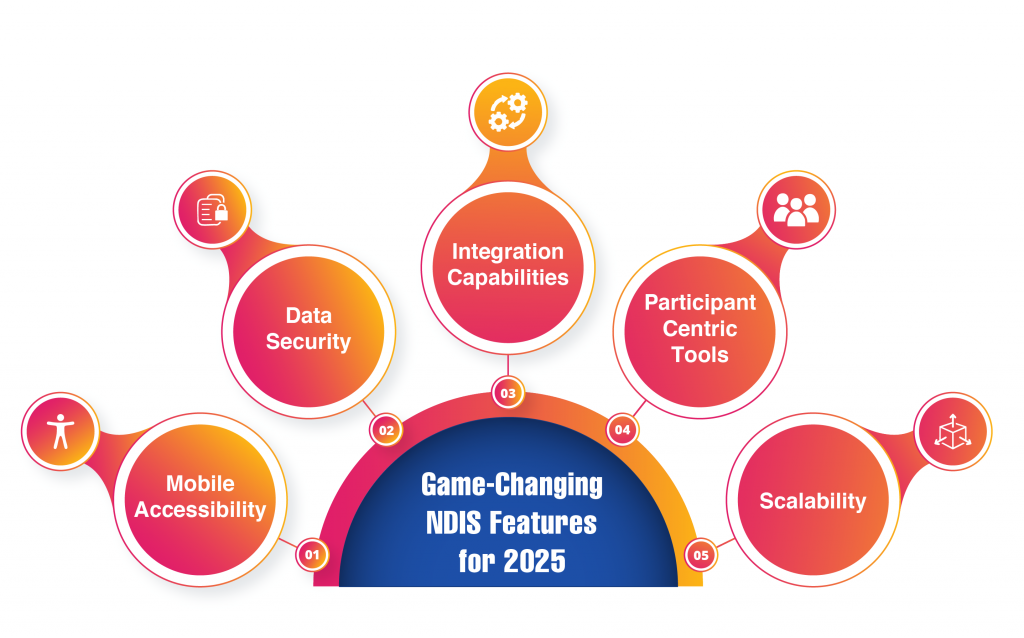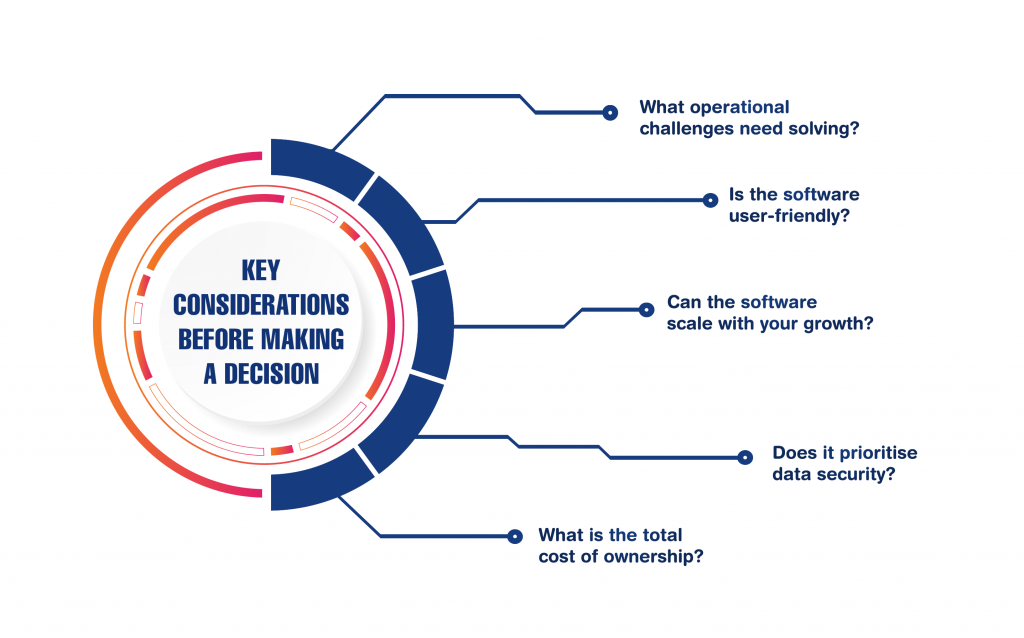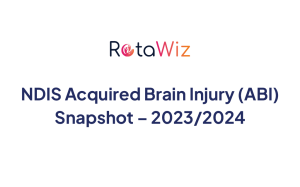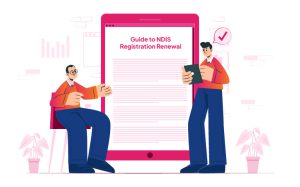20 February, 2025
How to Choose the Best NDIS Software for Disability Service Providers in 2025
NDIS Latest News
7 min read

Imagine a world where disability services are readily accessible, customised to meet the needs of every individual, and supported by the latest technological advances. This objective has become a reality in Australia with the establishment of the National Disability Insurance Scheme (NDIS), which has completely changed how disability services are provided. The NDIS has established a new standard for inclusive care by empowering participants and ensuring providers follow strict standards. High-quality participant care, regulatory compliance, and operational efficiency are critical for NDIS providers.
With numerous software solutions on the market, finding the one that best aligns with your organisation’s needs can be challenging.
This blog will help you navigate decision-making by highlighting key features, advanced tools, and considerations for selecting the best NDIS software for your organisation.
Core Features to Prioritise

1. Shift management and rostering
When rostering is done efficiently, staff schedules and participant demands are perfectly aligned. A sophisticated rostering system can automate scheduling to align shifts with employee preferences, abilities, and availability.
- Update in real-time to account for unforeseen circumstances.
- Integrate with payroll systems to ensure accurate time tracking and payroll processing.
This feature guarantees that participants receive continuous care from the appropriate support staff while minimising errors and administrative effort.
2. Comprehensive Client Management
Centralised client management tools enhance service quality by organising participant data.
Features include:
- Secure storage of medical histories, care plans, and goals.
- Tools to monitor participant progress and track outcomes.
- Seamless sharing of information between staff to maintain continuity of care.
3. Automated Invoicing and Budget Tracking
- Capability to securely store goals, progress notes, care plans, and medical histories.
- Tools for tracking participant development and comparing results to objectives.
- Facilitating easy data sharing and communication between team members to preserve continuity of care.
- Higher service quality is supported by centralised client management, which guarantees a comprehensive understanding of participant demands.
4. Communication Tools
- Integrated messaging platforms to help participants and staff communicate quickly.
- Automated notifications and alerts for appointments, shifts, and compliance due dates.
- Tools for reporting incidents that include follow-up action reminders.
- Better coordination and increased participant satisfaction are fostered by effective communication tools.
5. Compliance Management Tools
- Automated compliance checks to ensure adherence to guidelines.
- Tools for incident reporting, tracking, and follow-up.
- Capabilities to generate audit-ready reports for regulatory inspections.
Advanced Features for 2025

1. Mobile Accessibility
- A responsive mobile app.
- Offline functionality to enable operations in low-connectivity areas.
2. Data Security
- Encryption to safeguard data.
- Multi-factor authentication for secure access.
- Secure cloud storage compliant with Australian data protection standards.
3. Integration Capabilities
- Payroll platforms like Xero, MYOB, or QuickBooks for seamless financial management.
- CRM systems and other business tools for consistent data sharing.
4. Participant-Centric Tools
- Goal tracking to help participants monitor their progress.
- Visibility into funding usage and balances.
- Self-service portals for managing appointments, feedback, and communication.
5. Scalability
- Support additional participants and staff without compromising performance.
- Offer customisable features to meet evolving needs.
Investing in scalable software ensures long-term usability and cost-effectiveness.
The Role of Automation in NDIS Software
- Rostering: Automatically assign shifts based on availability, skills, and participant requirements.
- Invoicing: Generate accurate invoices and track budgets in real time.
- Compliance Management: Perform automatic checks and generate reports to ensure regulatory adherence.
Key Considerations Before Making a Decision (Image - Questions popping up)

1. What operational challenges need solving?
Identify specific areas where your organisation needs improvement, such as rostering, invoicing, or compliance management.
2. Is the software user-friendly?
3. Can the software scale with your growth?
4. Does it prioritise data security?
5. What is the total cost of ownership?
Investing in the Right NDIS Software
- Streamline administrative tasks.
- Enhance participant satisfaction through personalised care.
- Ensure compliance with evolving regulations.
- Support organisational growth and scalability.

Imagine a world where disability services are not only easily accessible but also tailored to the unique needs of every participant—enhanced by smart, intuitive technology. Thanks to the National Disability Insurance Scheme (NDIS), this vision is now a reality in Australia. The NDIS has transformed the way disability services are delivered, shifting the focus to person-centred care and greater choice and control. In this new era, the right NDIS software plays a vital role—enabling providers to meet complex compliance needs, manage operations efficiently, and, most importantly, deliver better outcomes for participants.
. . .


